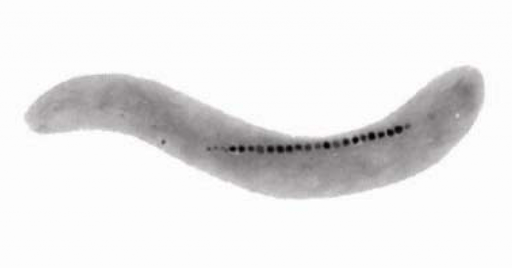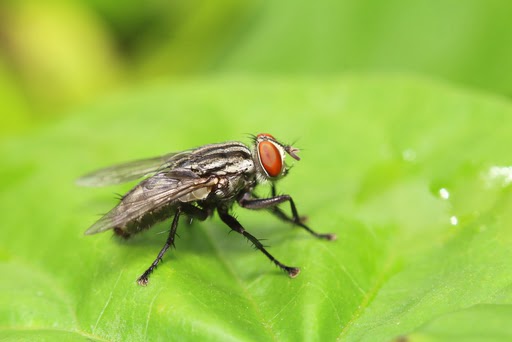Observing a small piece of metal performing jumps, flips, and running continuously on a table, seemingly by itself, is astonishing. However, what’s even more fascinating is that someone is holding a magnet just beneath the table. This is one of the favorite games of science enthusiasts, particularly teens, and perhaps a popular prank as well (at least for the younger ones).
You may have already heard that birds utilize Earth’s magnetic field to assist in navigation. However, what you may not be aware of is that there are numerous other creatures that possess traces of magnetism. Let’s examine some of the more intriguing examples:
Sea Turtle:
Sea turtles are such adorable little creatures that you (if you didn’t know it already) would never have guessed they have such a strong interest in science.
 Credits: IM Photo/Shutterstock
Credits: IM Photo/Shutterstock
Since there are only a few landmarks in the sea, most of which are far apart, female sea turtles rely on Earth’s magnetic field to travel long distances. They depend completely on the magnetic signatures along the coast to lay their eggs at their birthplace and ensure that future generations of sea turtles find their way back home.
Magnetotactic Bacteria:
Now, who would have ever imagined that a bacterium possesses magnetic properties?

These tiny organisms use magnetic crystals to align themselves within Earth’s magnetic field, similar to a compass. The bacteria rotate themselves according to Earth’s magnetic field, although the exact reason for this is still unclear.
Interestingly, there is a theory suggesting that a meteorite from Mars that collided with Earth many years ago contained fossilized magnetotactic bacteria. However, this theory has faced significant challenges.
Trout:
Many people may wonder what this fish is, but it is highly likely that you have had it on your dinner plate at some point. Who would have known that this fish possesses magnetic properties?
 Credits: Jiri Hera/Shutterstock
Credits: Jiri Hera/Shutterstock
Trout refers to several species of freshwater fish. Trout are closely related to salmon and char. Approximately 1 out of every 10,000 cells in the lining of a trout’s nose contains highly magnetic material that responds whenever it detects a change in the external magnetic field.
Imagine what it would be like if we had magnets in our noses!
Fruit Fly:
Fruit flies are those pesky little flies that hover around uncovered food left out in the open.
 Credits: sarawuth wannasathit /Shutterstock
Credits: sarawuth wannasathit /Shutterstock
Now, while most people find them repulsive and annoying, fruit flies possess remarkable magnetic abilities. Drosophila melanogaster, a laboratory fly, has a cryptochrome that can detect external magnetic fields. In a recent study, it was demonstrated that when a protein found in a human’s retina is inserted into a fruit fly, it also becomes capable of detecting external magnetic fields.
Pigeons:
Pigeons are the most well-known creatures that utilize Earth’s magnetic field for navigation. Although many people find them bothersome and potentially unhygienic, it is undeniable that they possess impressive magnetic capabilities.
 Credits: pongnathee kluaythong/Shutterstock
Credits: pongnathee kluaythong/Shutterstock
Homing pigeons have iron spheres in the hair cells of their inner ear, allowing them to detect and navigate using Earth’s magnetic field. Therefore, if Earth ever lost its magnetic field (which is highly unlikely), these birds would face significant challenges in finding their desired destinations.
Various metallic materials are present in Earth’s crust, mantle, and core, which contribute to the existence of Earth’s magnetic field.
In my perspective, it is about time that humans also develop the unique ability to detect and generate magnetic fields. After all, who wouldn’t envy the powers of Magneto?
